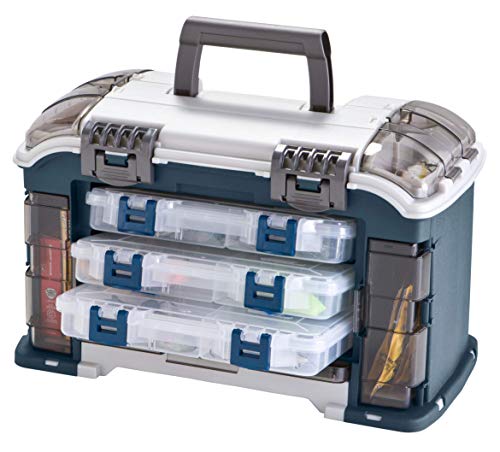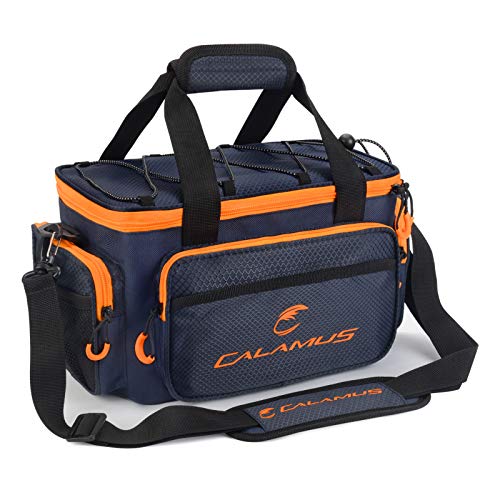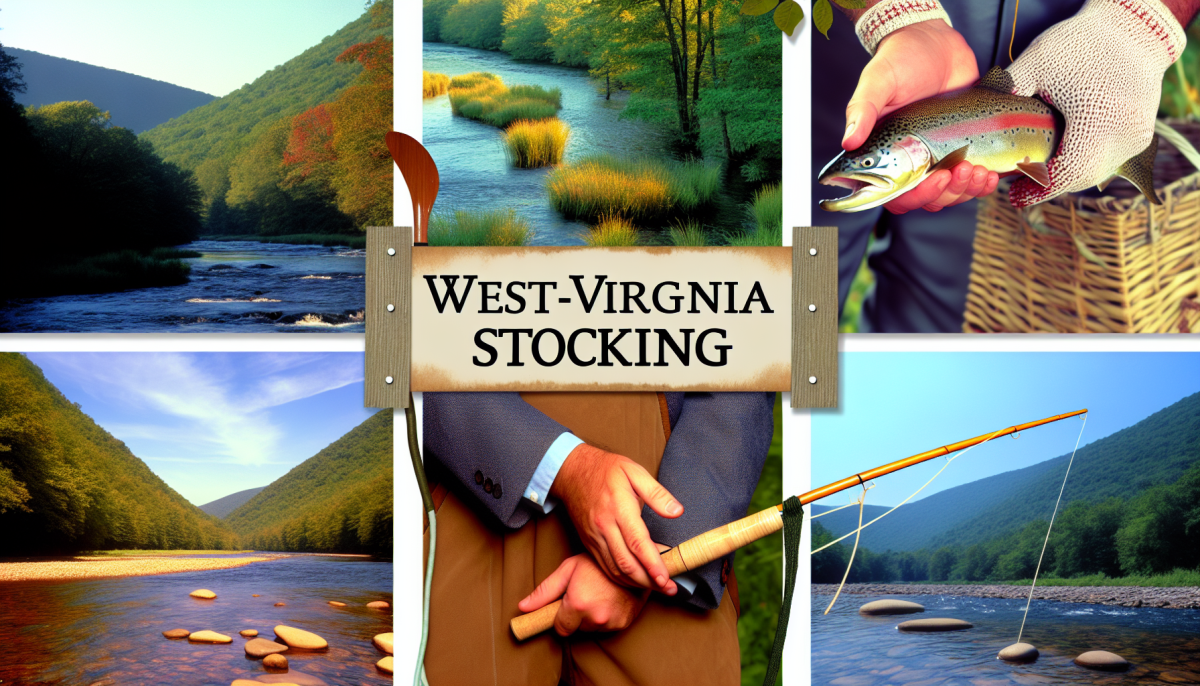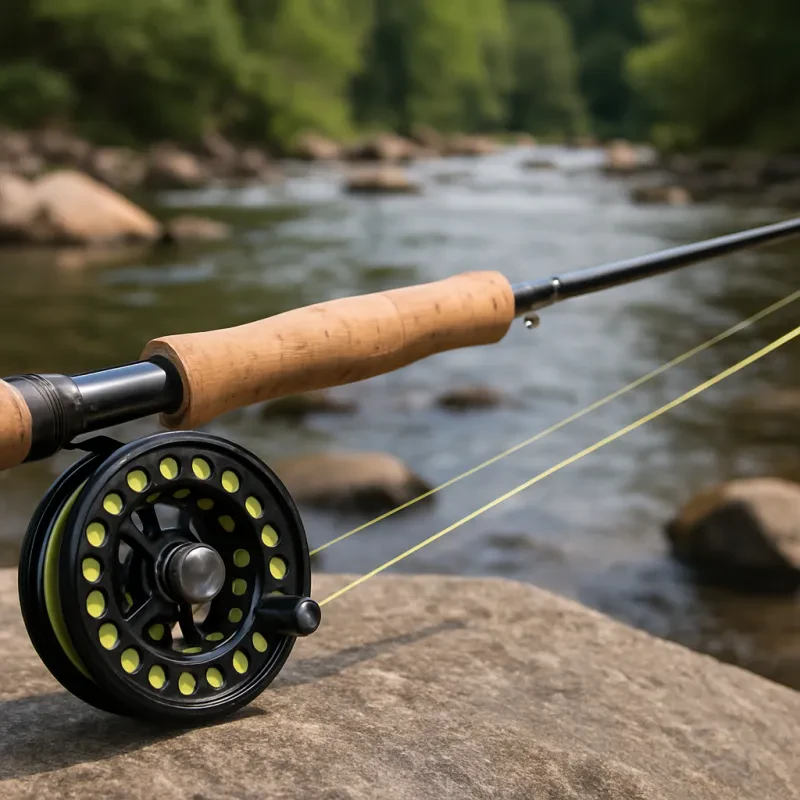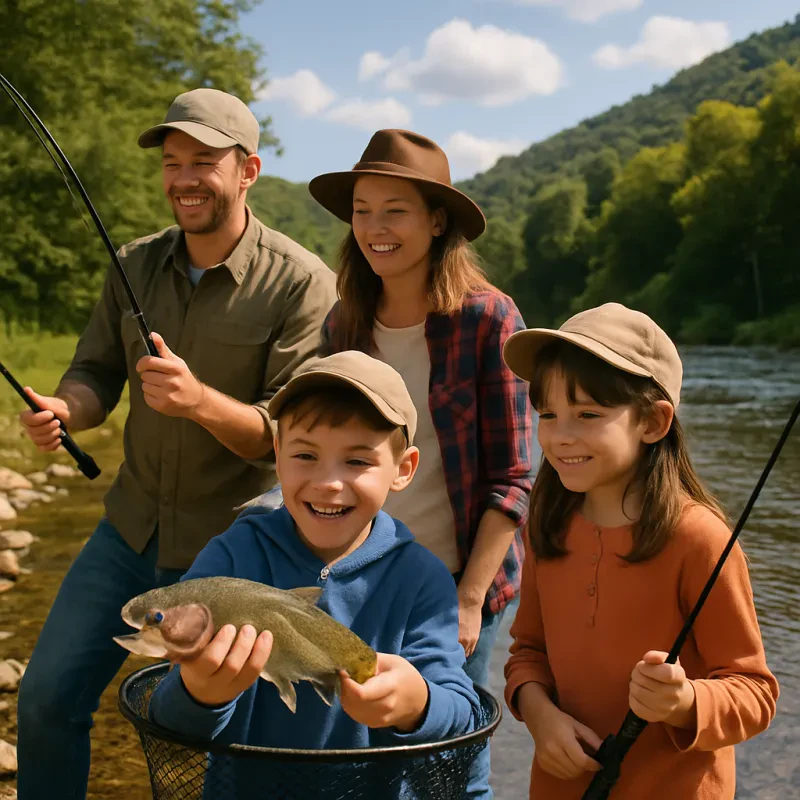The Economic and Environmental Triumph of West Virginia's Stocking Program
In the heart of the Appalachian Mountains, West Virginia has long been a beacon for outdoor enthusiasts, particularly those drawn to the serene and challenging sport of fishing. At the core of this attraction lies the state's ambitious and highly successful stocking program, a testament to the synergy between conservation efforts and economic development. This article delves into the rich history, the economic contributions, and the environmental significance of West Virginia's stocking program, showcasing why it stands as a model for wildlife management and economic revitalization.
The Genesis of West Virginia's Stocking Program
The inception of West Virginia's fish stocking program dates back to the early 20th century, initiated as a response to declining fish populations due to overfishing, industrialization, and habitat destruction. The state recognized the need to replenish its rivers and streams to sustain both the ecosystem and the recreational fishing that many of its residents and visitors cherished.
Initially, the program focused on native species, such as brook trout, the only trout species indigenous to West Virginia. Over the years, the scope expanded to include rainbow, brown, and golden trout, enriching the biodiversity of the state's aquatic habitats and enhancing the fishing experience.
A Symbiotic Relationship: Conservation and Economy
West Virginia's stocking program is not merely an environmental success story; it's also a significant economic engine. The program operates under the West Virginia Division of Natural Resources (WVDNR), meticulously planning and executing the breeding, raising, and stocking of millions of fish across the state's waterways annually.
Economic Impact
The direct economic impact of the stocking program is substantial. It supports local economies through tourism, as anglers from across the nation visit West Virginia to experience its renowned fishing spots. These visits translate into increased revenue for local businesses, including hotels, restaurants, bait shops, and outdoor recreation outlets.
Moreover, the program creates jobs, from hatchery operations to conservation efforts, further bolstering the state's economy. The ripple effect of these activities is felt across various sectors, contributing to the economic vitality of West Virginia's rural communities.
Environmental Stewardship
Beyond its economic contributions, the stocking program plays a crucial role in environmental conservation. By introducing healthy, genetically diverse fish populations into West Virginia's waterways, the program helps to restore ecological balance, promoting healthier rivers and streams. This, in turn, benefits other wildlife and supports overall biodiversity.
The WVDNR also uses the program as an educational tool, raising awareness about the importance of sustainable fishing practices and habitat preservation. It's a holistic approach that ensures the long-term health of the state's aquatic ecosystems while providing recreational opportunities for future generations.
Challenges and Adaptations
Like any program of its scale, West Virginia's stocking initiative faces challenges, including climate change, habitat loss, and pollution. The state has responded by adapting its strategies to ensure the program's sustainability. This includes using state-of-the-art hatcheries, employing selective breeding practices, and constantly monitoring water quality and fish health.
The program's flexibility and commitment to best practices have made it a leader in fish conservation and management, demonstrating how proactive measures can mitigate environmental challenges.
The Future of Stocking in West Virginia
Looking ahead, West Virginia aims to continue its legacy of excellence in fish stocking while embracing innovative technologies and conservation strategies. The program is increasingly focusing on habitat restoration projects and community engagement, ensuring that the benefits of stocking extend beyond economic gains to foster a deeper connection between West Virginians and their natural heritage.
West Virginia's fish stocking program stands as a beacon of how environmental conservation and economic development can go hand in hand. By replenishing the state's waterways with millions of fish annually, the initiative not only supports a vibrant outdoor recreation industry but also champions the cause of biodiversity and habitat conservation.
The success of the program is a testament to the vision and dedication of the West Virginia Division of Natural Resources and the countless individuals who have contributed to its achievements. As the program evolves, it will continue to play a pivotal role in the state's economy and environmental stewardship efforts, ensuring that West Virginia remains a premier destination for anglers and nature lovers alike.
In the end, the West Virginia stocking program is more than just a conservation effort; it's a reflection of the state's commitment to preserving its natural beauty for generations to come, proving that with the right balance, economic growth and environmental preservation can thrive together.

